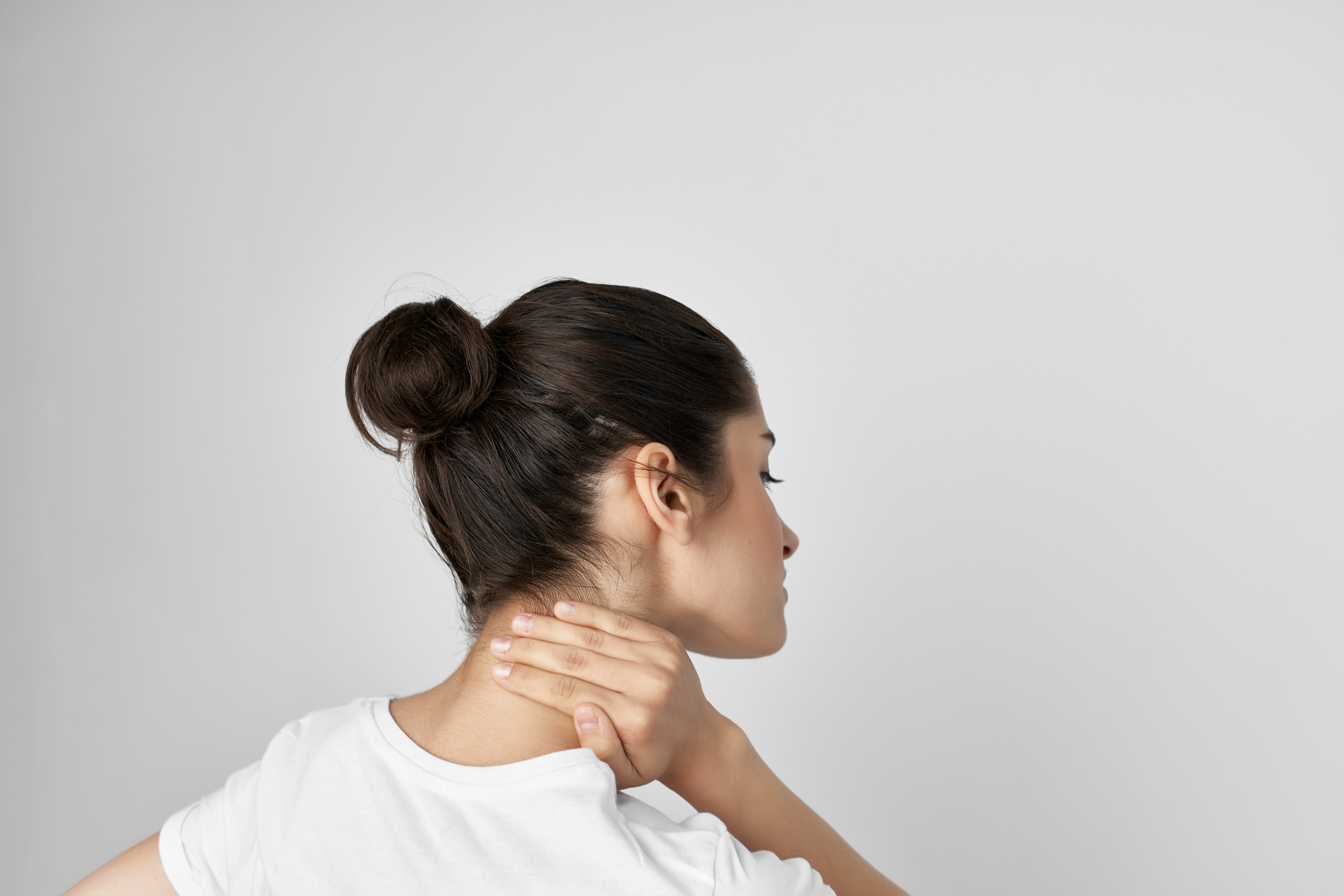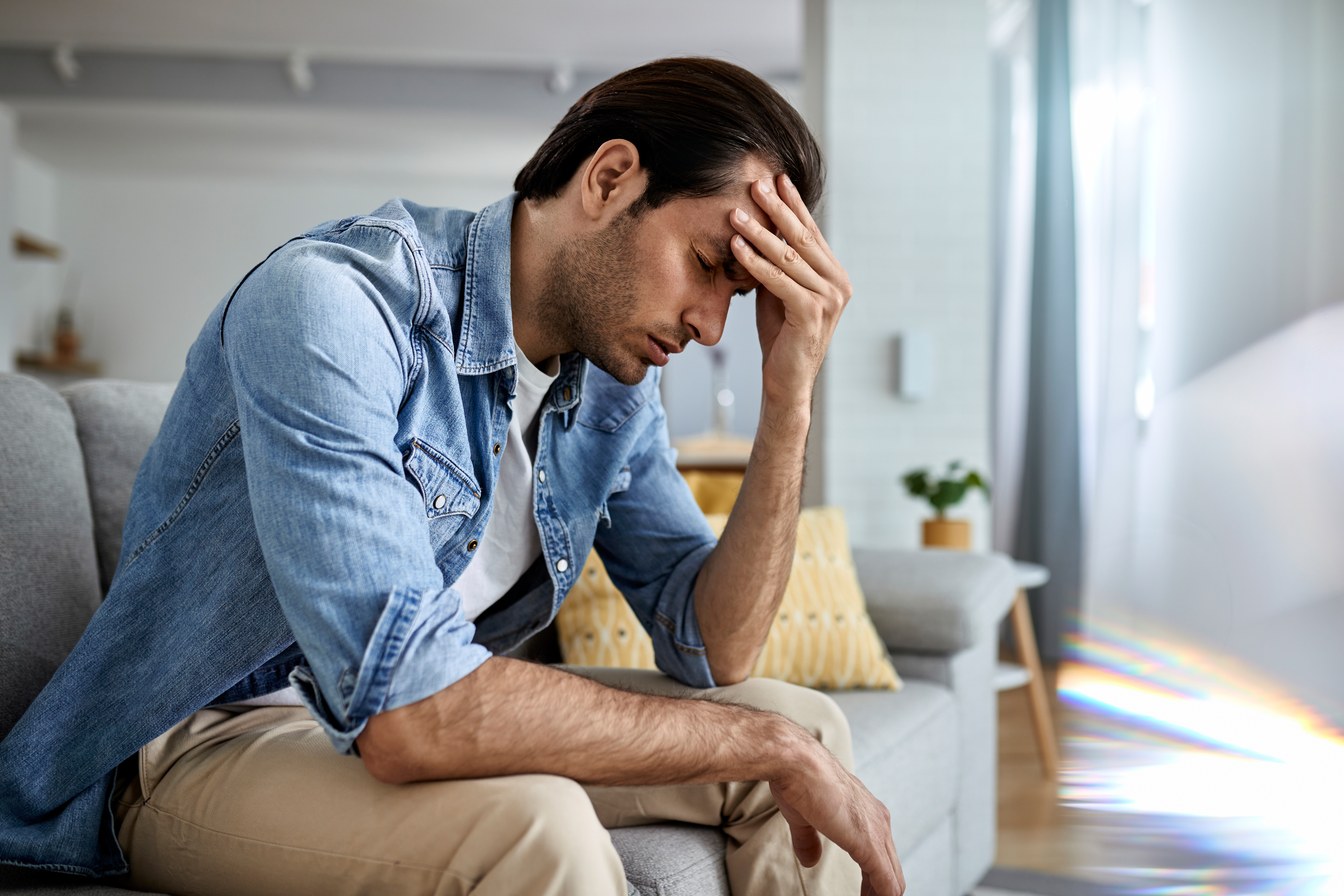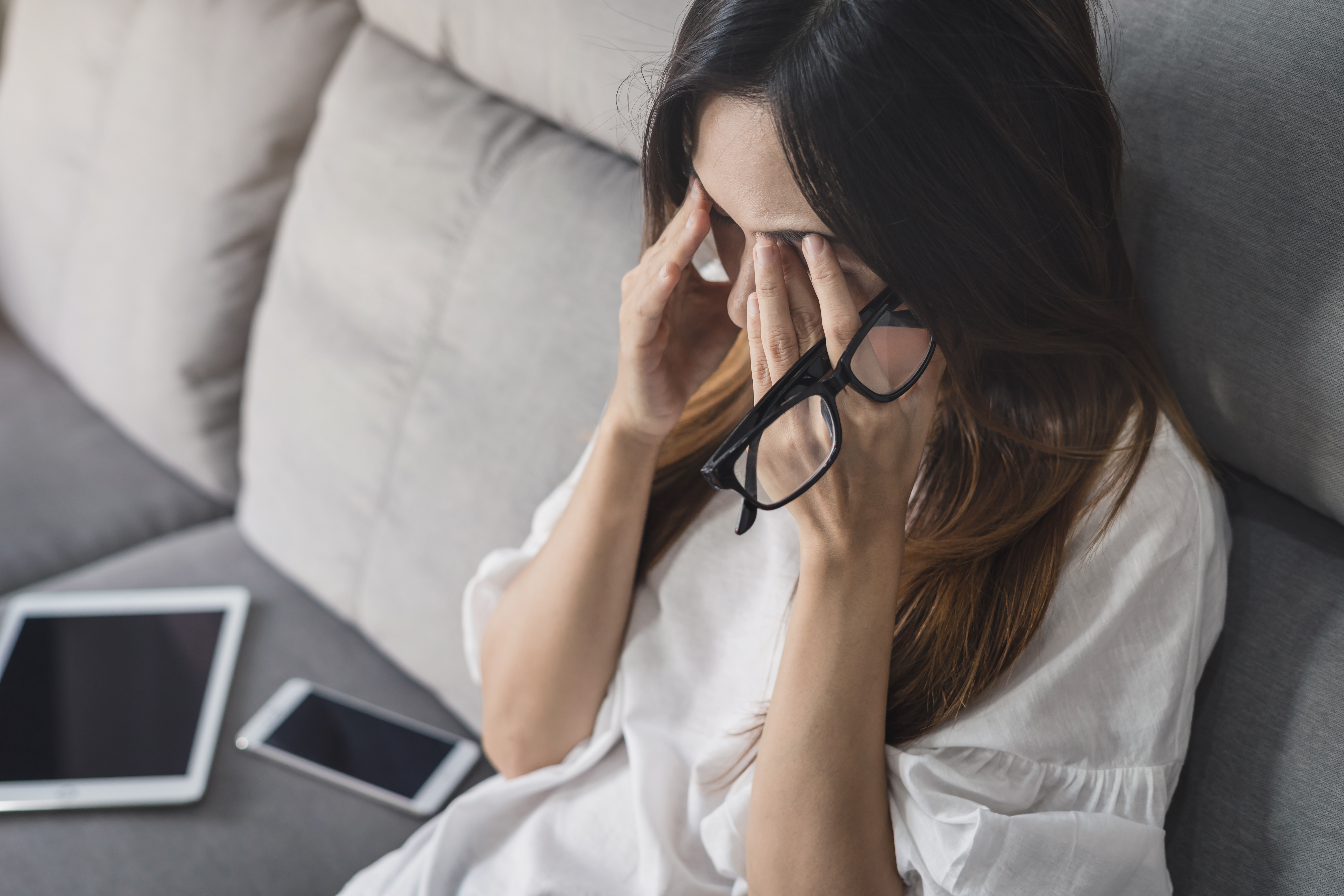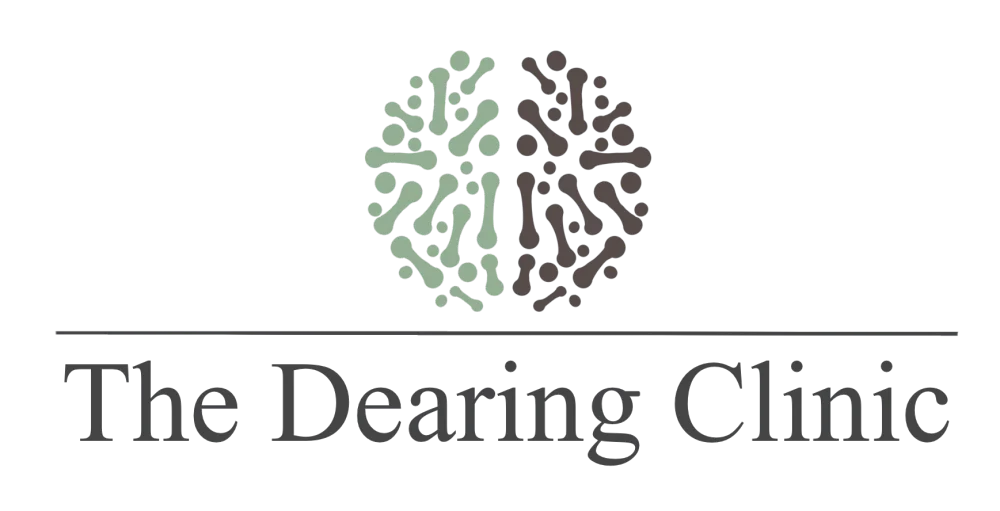Restore Your Body. Empower Your Life.
We Have The Formula For Healing at The Dearing Clinic.
Regenerative therapy, responsible pain management, chiropractic adjustments, brain support, and more
It's Time to Get Your Life Back!

Relieve pain naturally …
and get moving again.
Is chronic pain stopping you from enjoying your life? It doesn’t have to be that way. Experience how our drug-free pain management solutions at The Dearing Clinic help you live again.

Stop fatigue ...
and get moving again.
Are you tired of being tired? Being exhausted all the time can leave you feeling like life is passing you by. Try our regenerative therapy services to help restore your energy levels.

Lift brain fog ...
and get moving again.
Are you struggling with memory loss? Are you easily distracted? Find out how our neurological services help improve memory and give you the mental boost you need to navigate your life with ease.

Break free from stress ...
and get moving again.
Do you feel overwhelmed? These days it can feel like it’s impossible to escape stress and anxiety. Learn how we can help you relieve stress, stop anxiety, and find the sense of calm you deserve.
Are you ready to feel like YOU again? Contact The Dearing Clinic today and get your life back!

OUR PROMISE TO YOU
A Life You Enjoy
Helping you live your best life is our goal. We want you to feel better than ever. At The Dearing Clinic in Nashville, we’re here to share the smiles and the high-fives along the way!

OUR PROMISE TO YOU
Wellness Partner You Can Count On
Your health is our priority at The Dearing Clinic. We are with you every step of the way. We listen to your concerns to create a personalized care plan to meet your wellness needs.

OUR PROMISE TO YOU
Custom Integrative Medicine Approach
Your care is unique—just like you! An integrative medicine approach means we take a 360-degree view of your health and wellness. We tailor every detail of your care to ensure optimal results.
Why wait any longer to feel better?
Book your appointment with The Dearing Clinic today!
Conditions We Treat
Our team of experts at The Dearing Clinic in Nashville treat a wide range of health and medical conditions using chiropractic adjustments and other drug-free integrative medicine techniques.

Chronic Pain & Injuries
We treat a wide variety of chronic pain conditions and injuries. These include sports injuries, lower back pain, neck pain and injuries, knee pain, headaches, fibromyalgia, sciatica, spinal injuries, and degeneration.

Neurological Disorders
Neurological conditions and injuries affect the brain and nervous system. We take a compassionate, targeted approach to treating headaches and migraines, vertigo/dizziness, concussions/whiplash, dementia, Alzheimer’s Disease, Parkinson’s Disease, movement disorders, and more.

Neuropathy
Numbness, tingling, and nerve pain are all signs of neuropathy. Neuropathy may be caused by other conditions, including diabetes, physical injury, autoimmune disease, medications, and cancer. Our drug-free approach alleviates symptoms without causing unwanted side-effects.

Stress & Anxiety
Feelings of overwhelm, constant worrying, trouble sleeping, high blood pressure, and an inability to relax can all be caused by stress and anxiety. We provide natural, restorative treatments to relieve stress and anxiety, rather than pills to just mask the symptoms.

Chronic Fatigue
Ongoing exhaustion that doesn’t get better with rest is a tell-tale sign of chronic fatigue syndrome (CFS). Other symptoms may include insomnia, headache, pain, and neurological problems. Our restorative approach to chronic fatigue relieves symptoms and boosts your energy levels using all-natural treatments.





Want to learn even more about the health and medical
conditions we treat at The Dearing Clinic in Nashville?
Are You Ready to Feel Like You Again?
Relief is as easy as 1-2-3 at The Dearing Clinic!

Step 1:
Schedule your appointment.
Book your appointment today with The Dearing Clinic in Brentwood to start feeling better. Get ready to start feeling like yourself again.

Step 2:
Get answers.
Our Patient Success Advocates listen to your concerns and evaluate your condition using our comprehensive approach. Then we share your tailored care plan and answer any questions you may have. Depending on your care needs, you may see one of our chiropractors or another team member.

Step 3:
Rediscover yourself.
Follow your personalized care plan to reclaim your life. This may include chiropractic adjustments, functional neurology therapies, and drug-free medical services. Get ready to return to doing what you enjoy with the people you love and feel excited to be alive!
Why wait any longer to feel better?
Book your appointment with The Dearing Clinic today!
Success Stories
Programs and Memberships
Here at The Dearing Clinic, we recognize that your healthcare needs are as unique as you! That’s why we offer a variety of healthcare options to meet your personal health circumstances, location, budget, and more.




Programs and Memberships
Here at The Dearing Clinic, we recognize that your healthcare needs are as unique as you! That’s why we offer a variety of healthcare options to meet your personal health circumstances, location, budget, and more.
Virtual Visits
Get the benefits of in-person care with The Dearing Clinic even if you’re located outside of the Nashville area! Click the link below to learn how to become a virtual patient.
Membership Program
Designed to give you even more flexibility in your care, our Membership Program is a credit-based program created for established patients who want to mix and match services from month to month.
Wellness Programs
Have a specific health goal in mind? Whether it’s losing weight, doing a heavy metal detox, improving athletic performance, or getting glowing skin, let The Dearing Clinic get you there with our acclaimed Wellness Programs.
Ready to have your
own success story?
Book your appointment with The Dearing Clinic in Brentwood today.


Get the newsletter loved by 2,500+ subscribers!
Plus get your FREE copy of Dr. Dearing's 5 Secrets for Mastering Longevity eBook when you sign up today!
By entering your email address above, you agree to our terms and privacy notice. You also agree to receive emails from the Dearing Clinic. We respect your privacy and never sell your data. Unsubscribe at any time.

8115 Isabella Ln STE 8 Brentwood TN
(615) 721-5141
Mon - Thurs
Friday
Saturday
Sunday
8:00 am – 6:00 pm
Closed
Closed
Closed
Site by SingleStack Studios
© 2025 The Dearing Clinic
